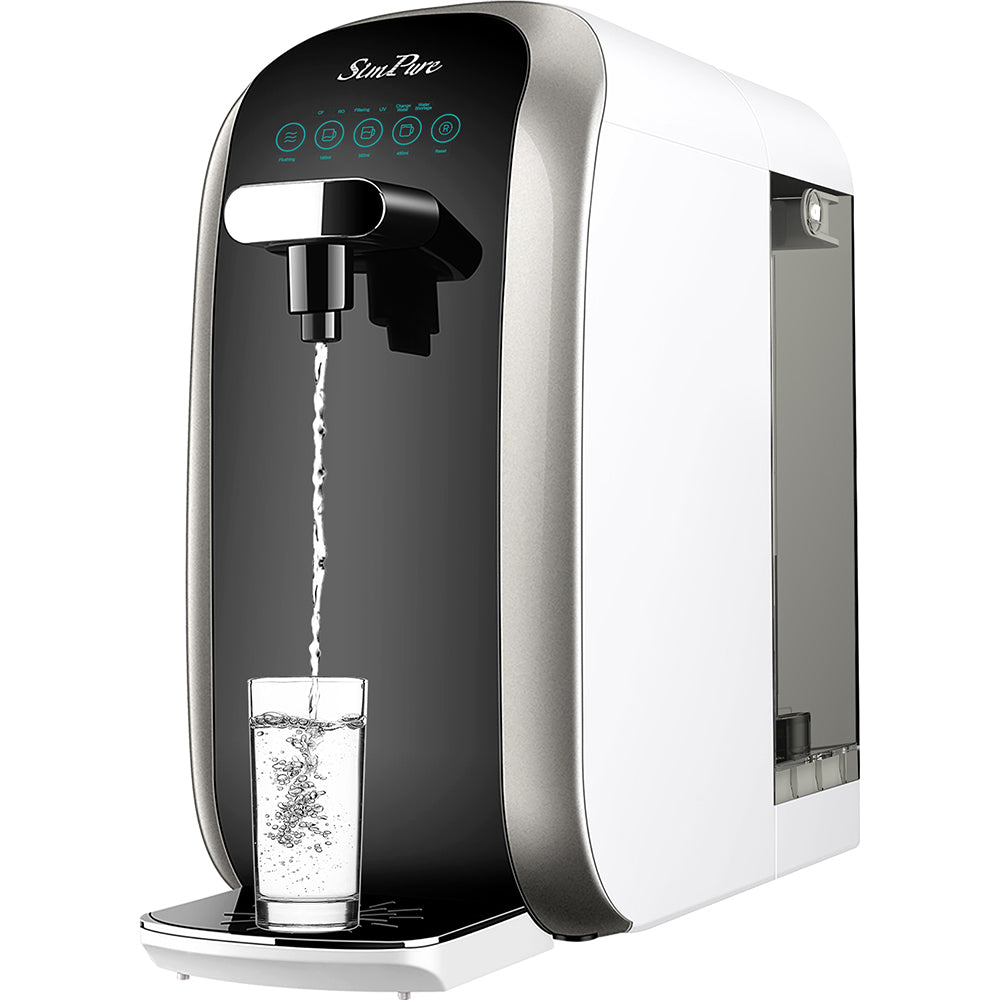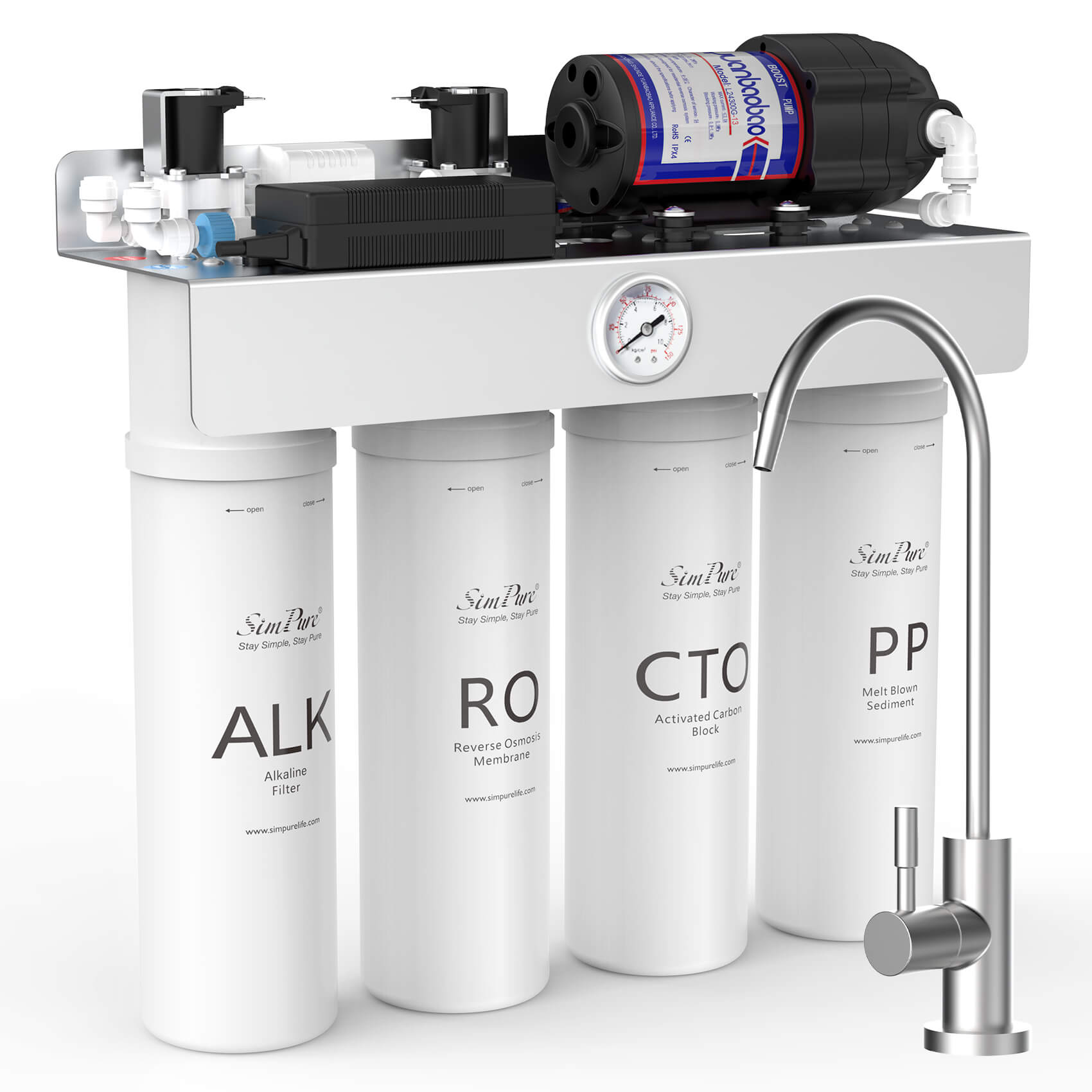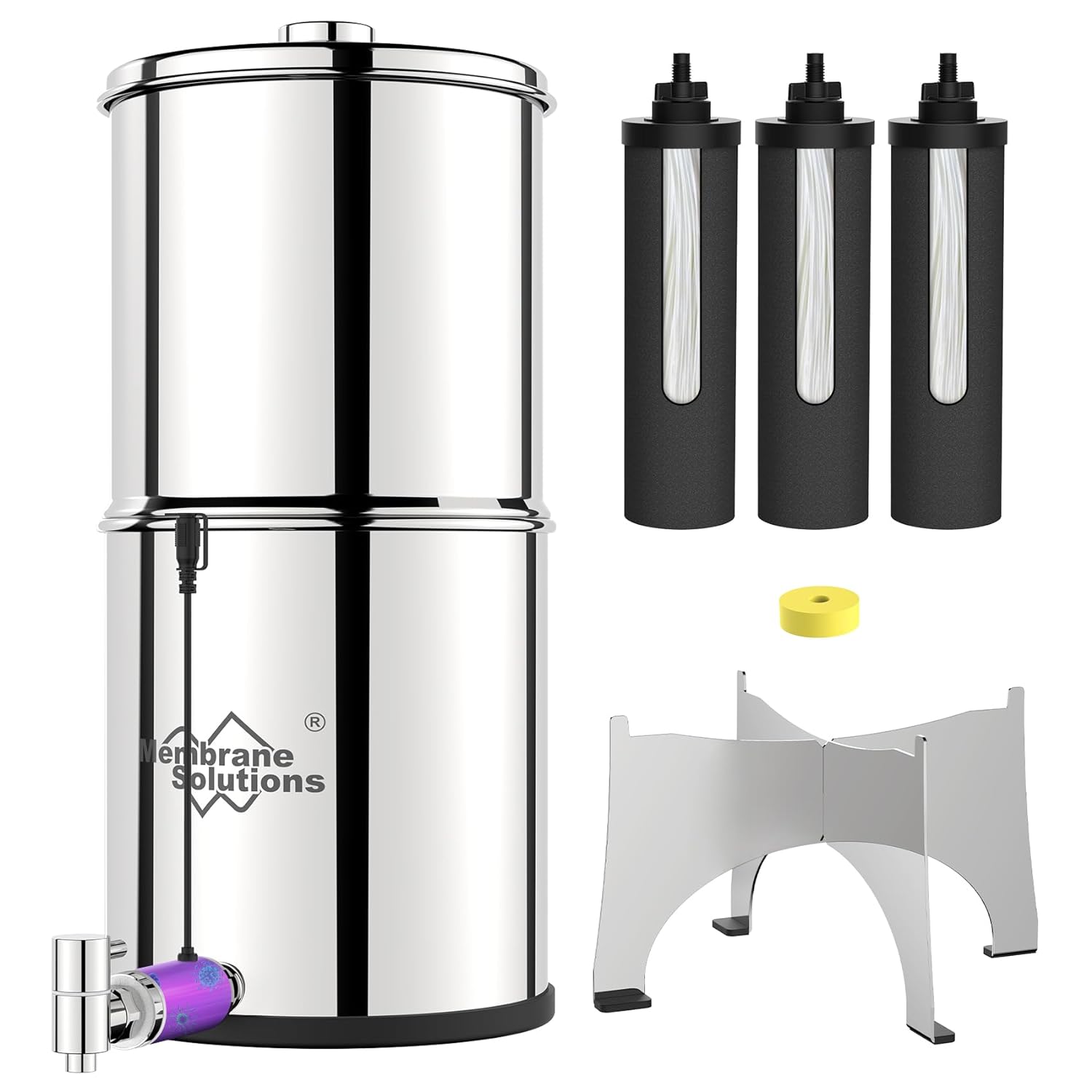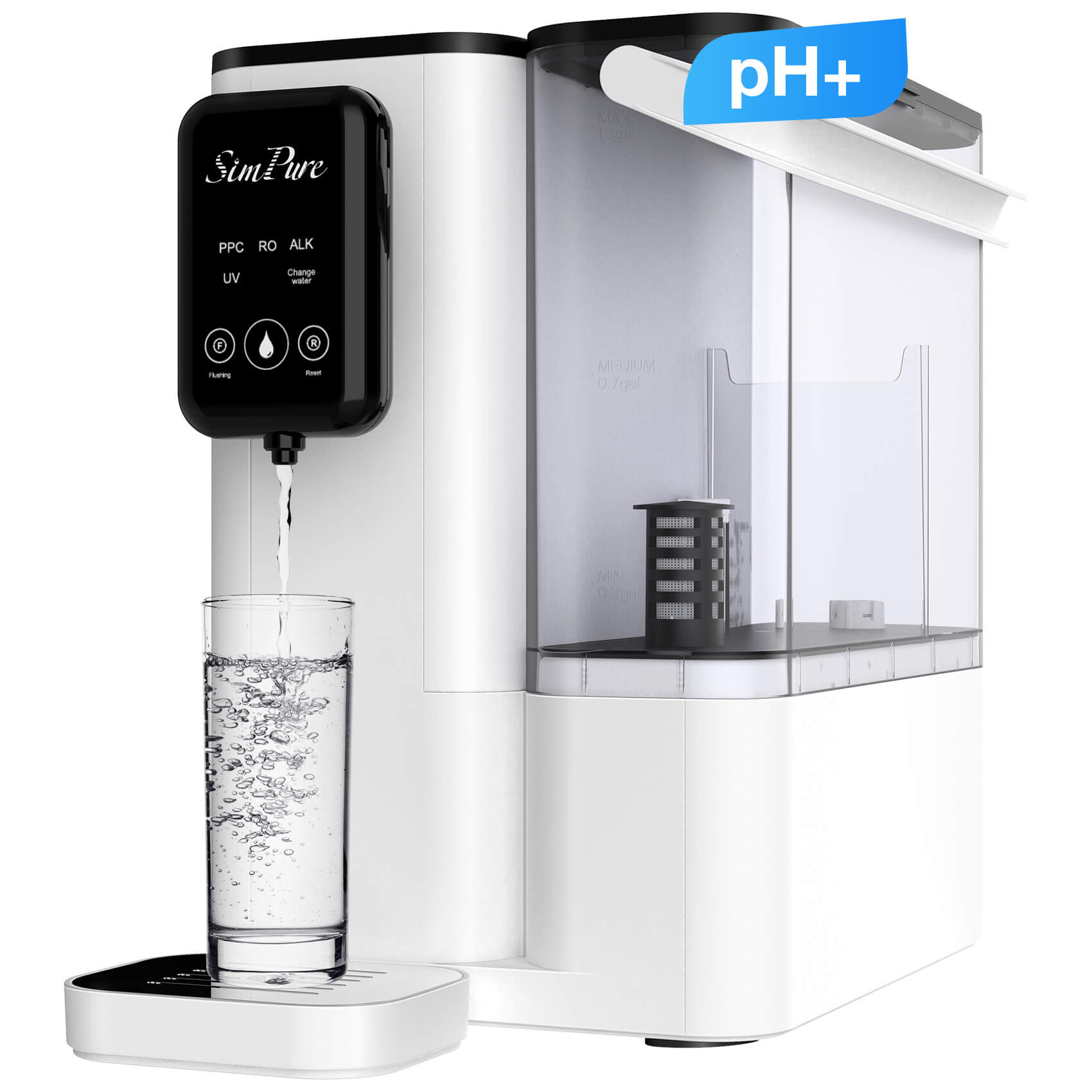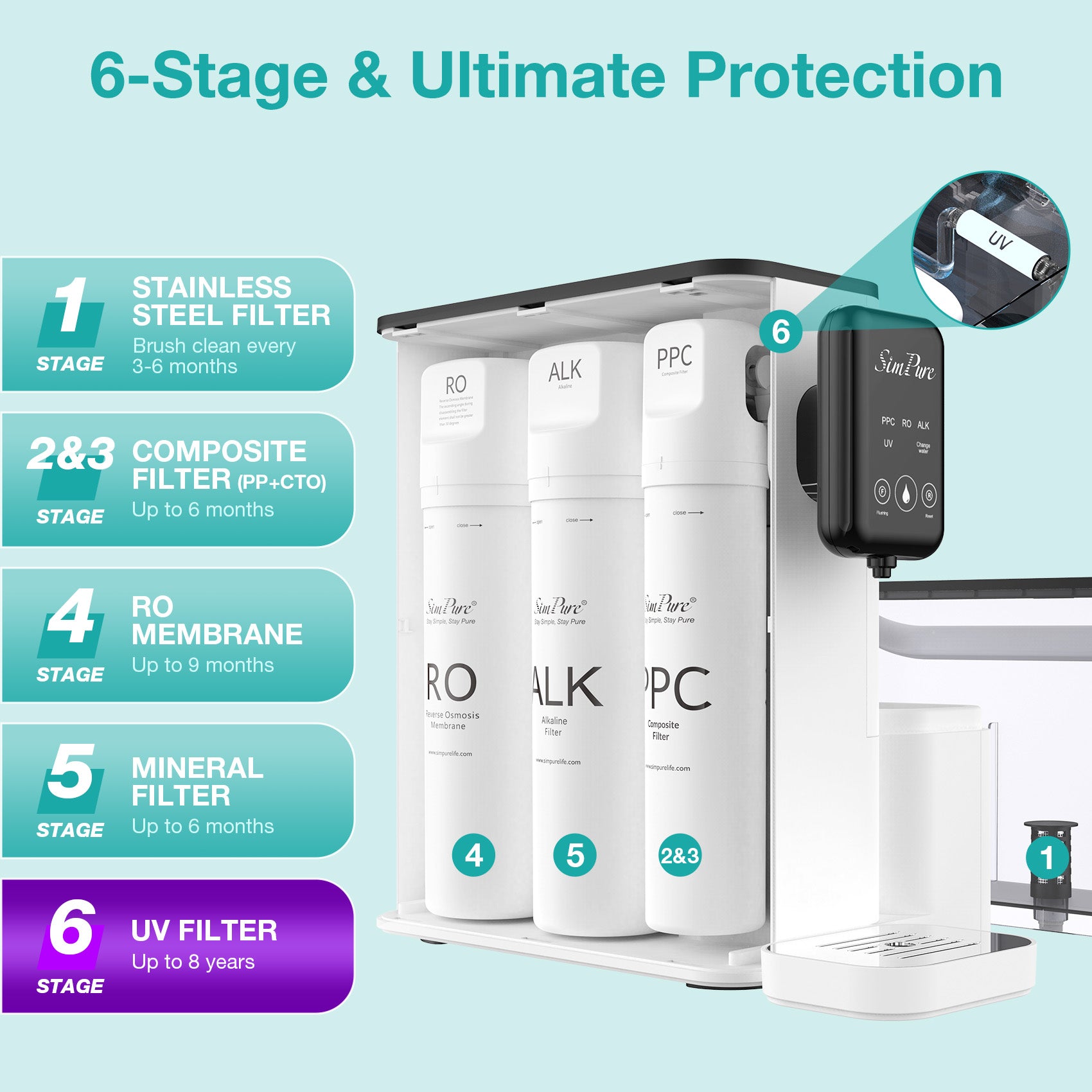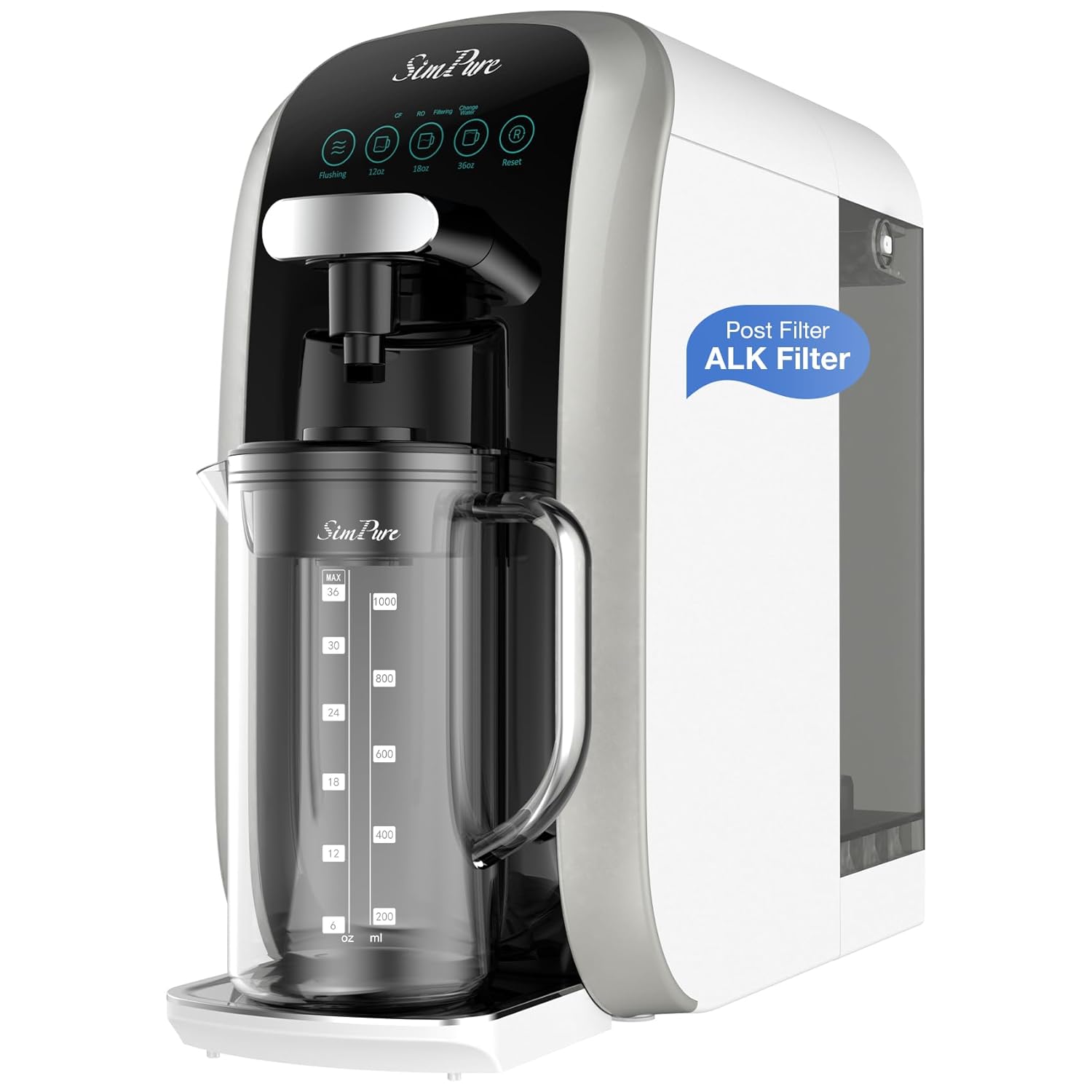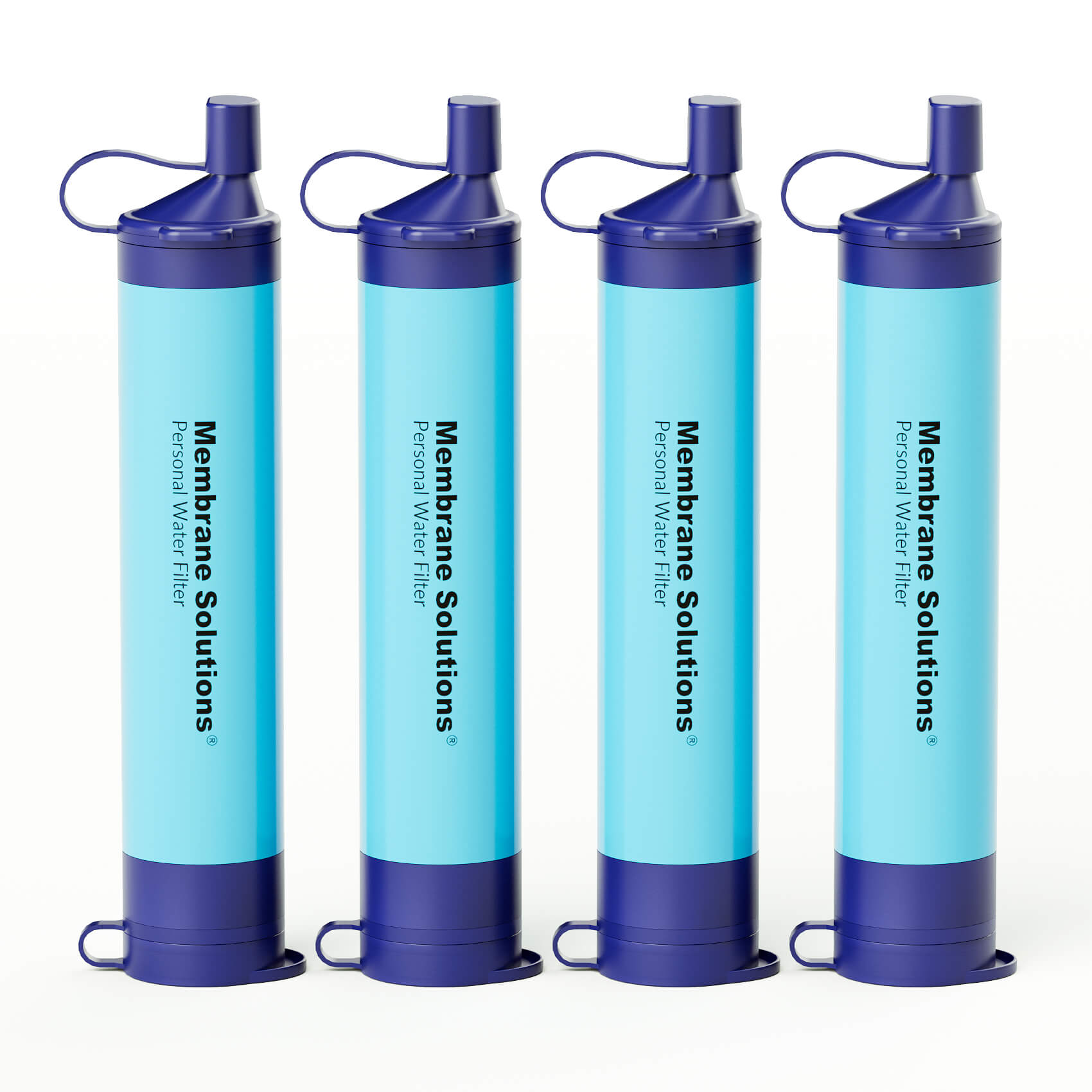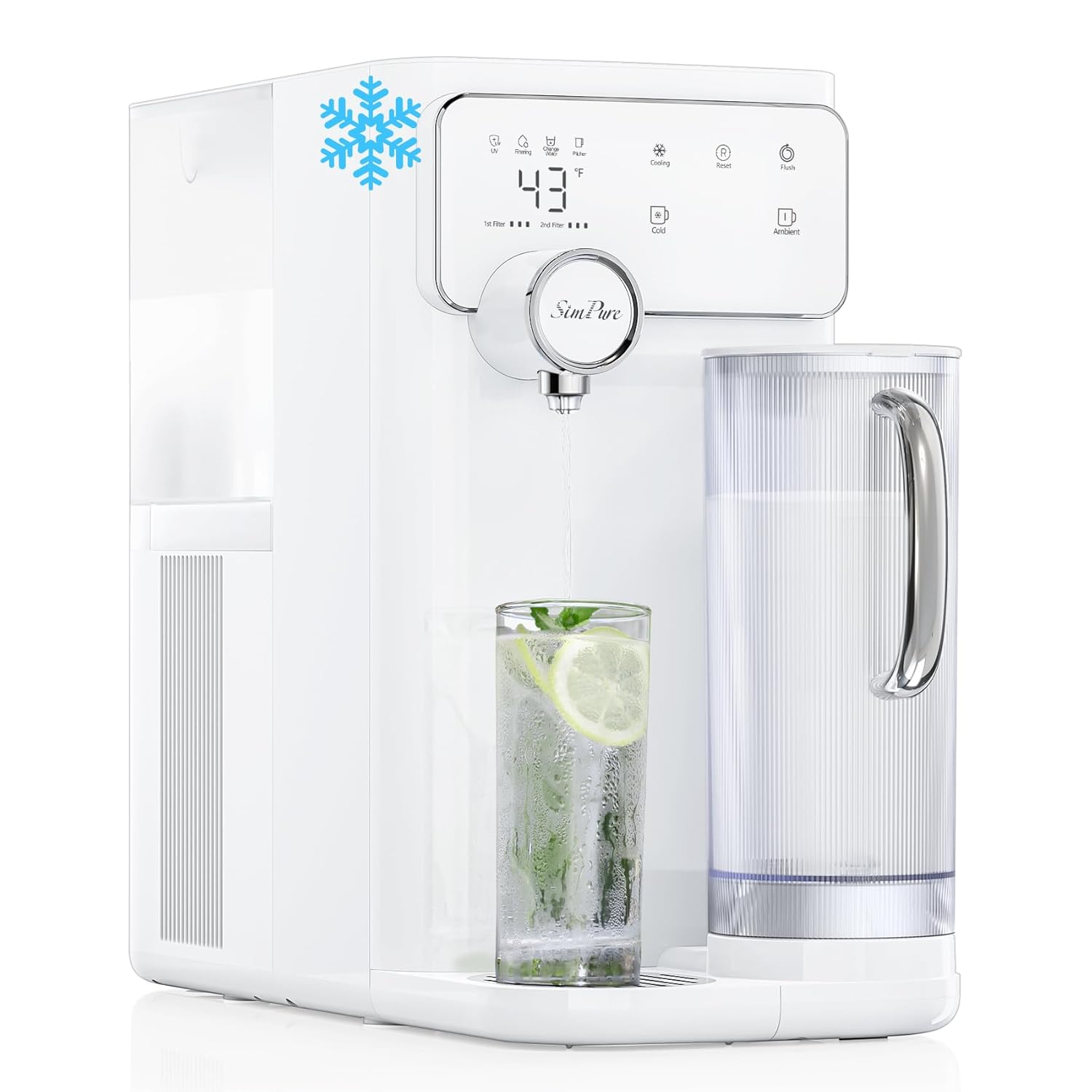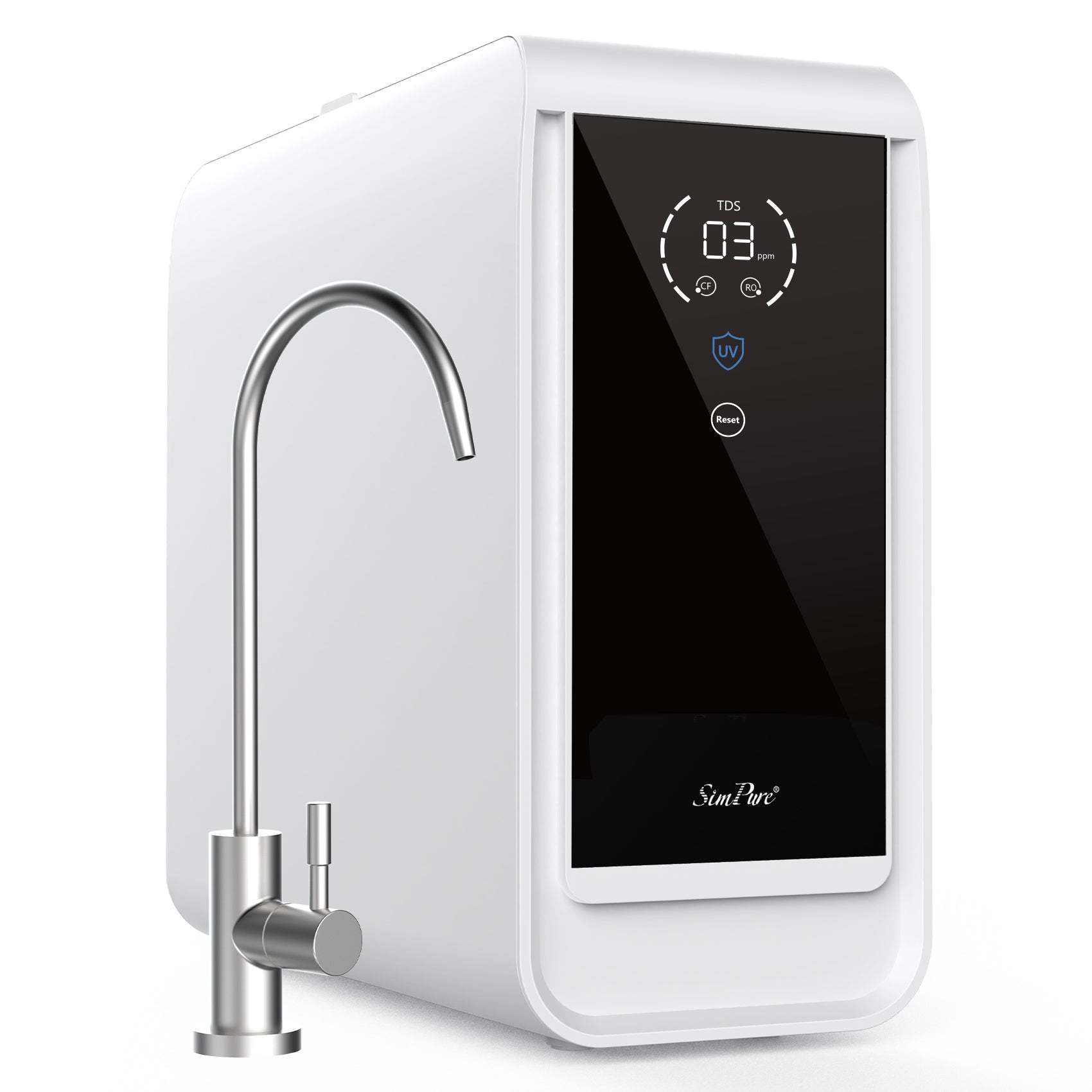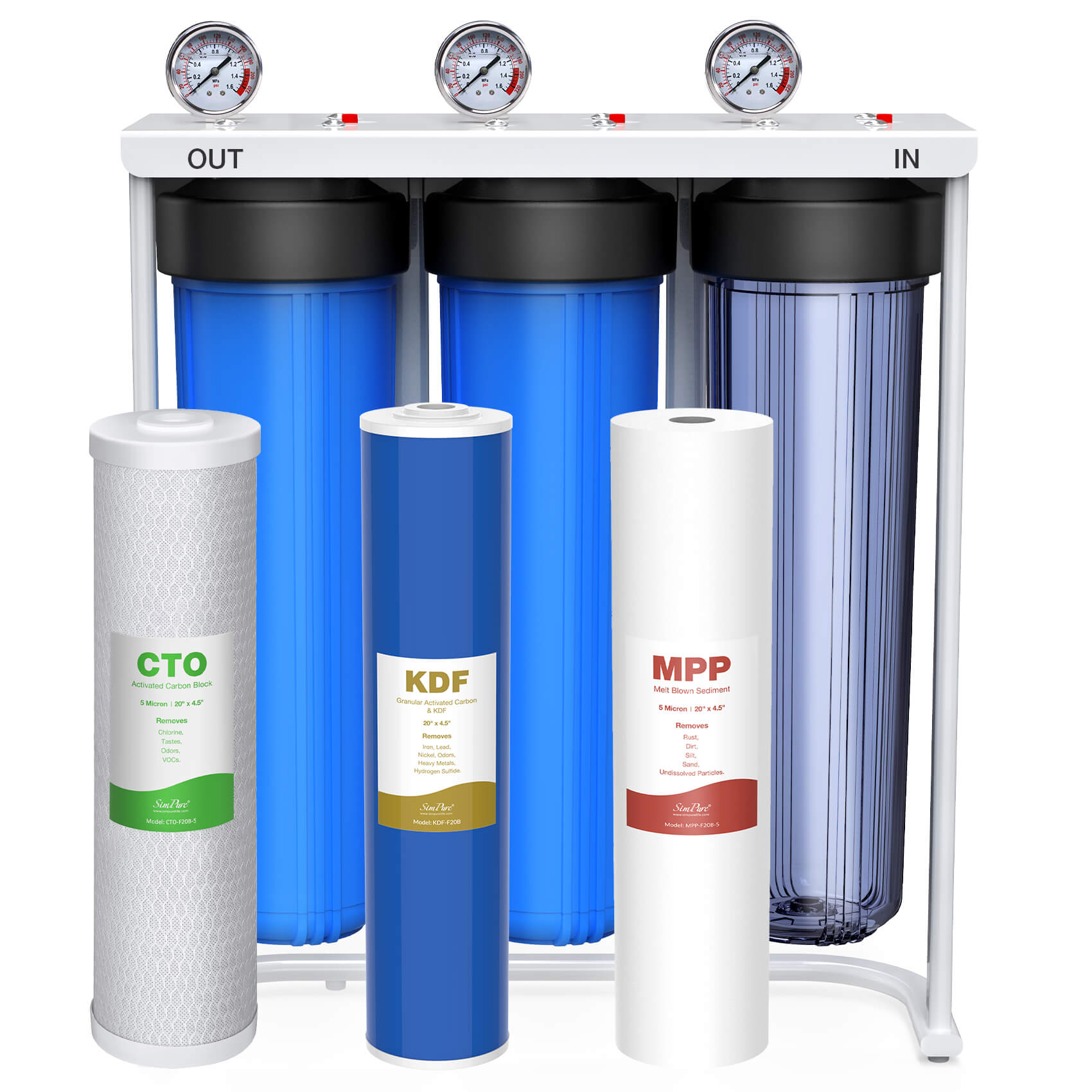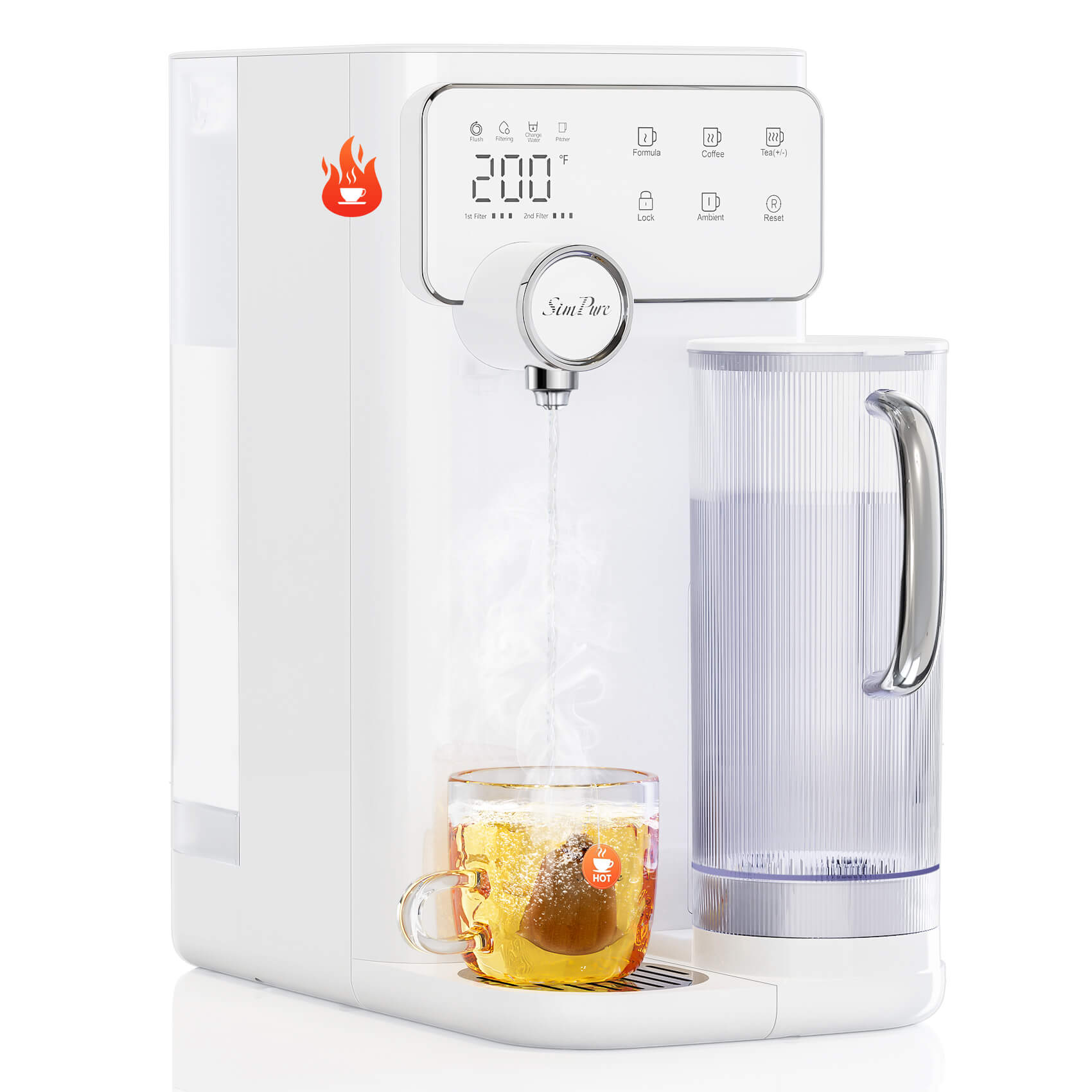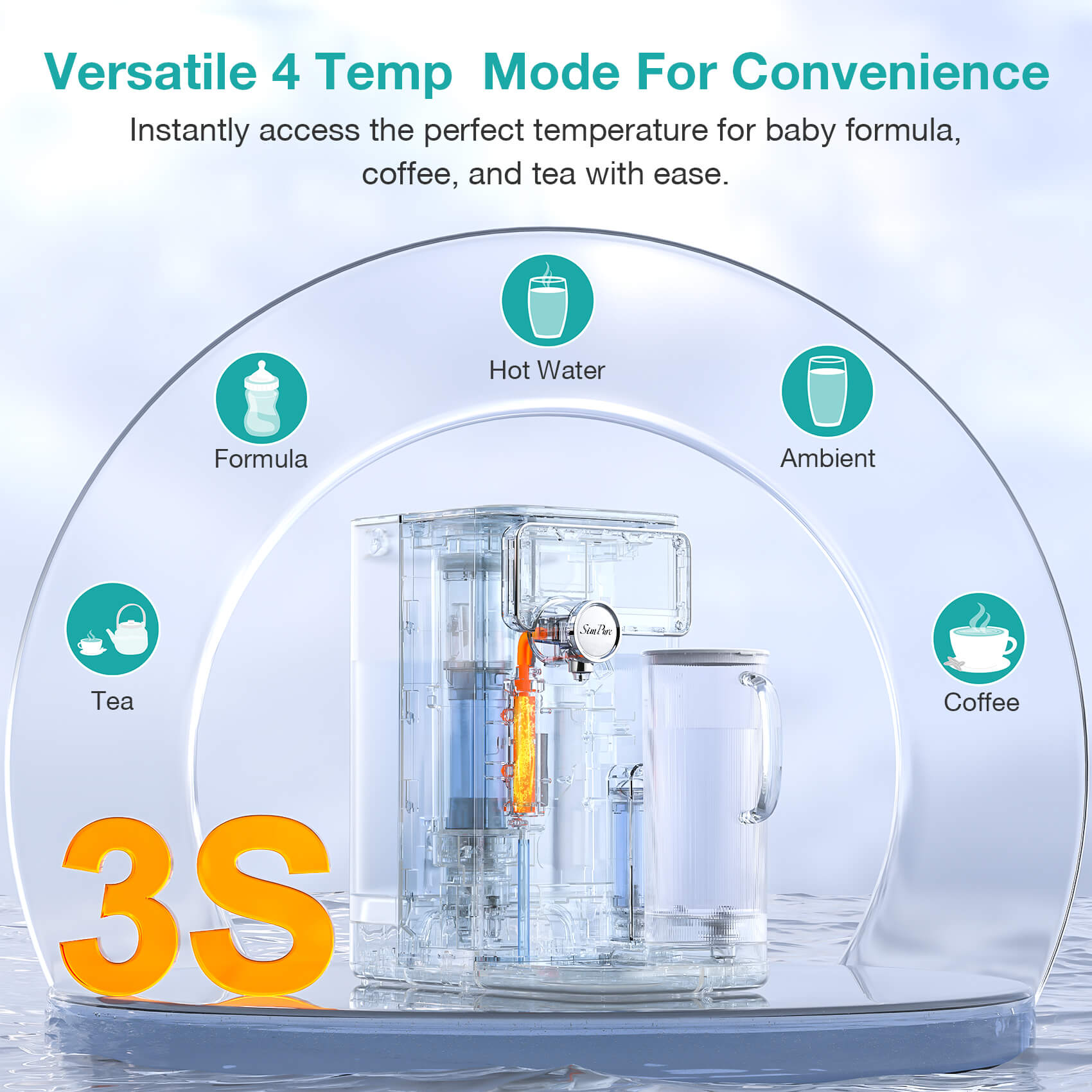Ever puzzled over the GPM notation in water purifier manuals or advertisements, asking yourself, "What is GPM, and how does it impact water filtration?" In this blog, you will find the answer. Whether you're keen to calculate GPM or understand what it stands for, this blog is your key to clarity. Let us explore the details of GPM meaning and its significance in ensuring optimal water filter performance.
What Does GPM Stand For?

GPM, or Gallons Per Minute, serves as a vital metric in quantifying fluid flow rates. It defines the volume of liquid passing through a system in a minute. In water systems and filters, GPM is a key performance indicator, indicating the efficiency of flow. Essentially, it measures the rate at which gallons of liquid move through a designated point, playing a crucial role in assessing and optimizing the functionality of fluid-based systems.
Applications & Formula of GPM
The fundamental formula for GPM (Gallons Per Minute) is derived by dividing the total flow of liquid (in gallons) by the time it takes for that flow to occur (in minutes). Mathematically, the formula is expressed as GPM = Flow (in gallons) / Time (in minutes). This straightforward calculation is pivotal in determining the rate at which a fluid, typically water, moves through a specific point in a system. It serves as a universal metric, allowing engineers and users to quantify and evaluate the efficiency of fluid flow, ensuring optimal performance in applications ranging from plumbing to industrial processes.
Why GPM Matters in Water Filters?
Having grasped the basics of GPM and its fundamental formula, let's explore why this metric holds paramount importance in water filters. Understanding how GPM impacts filtration efficiency is the key to making informed decisions about selecting the right filter for your specific needs.
1. Filtration Efficiency
GPM is of great importance in water filters as it directly influences filtration efficiency. The rate at which water passes through a filter significantly impacts its ability to capture impurities. Adequate GPM ensures sufficient contact time between water and the filter media, allowing for thorough filtration and removal of contaminants. This efficiency is critical for maintaining water quality, addressing health concerns, and enhancing the overall performance of water treatment systems.
2. System Compatibility
GPM matters in water filters for system compatibility. Different filters are designed to handle specific flow rates effectively. Matching the filter's GPM capacity with the flow rate of the water system ensures seamless integration, preventing issues such as clogs or reduced filtration efficiency. This compatibility ensures that the filter performs optimally within the given flow parameters, contributing to the longevity and reliable operation of the entire water filtration system.
3. Performance Evaluation
Evaluating water filter performance is incomplete without considering GPM. The metric serves as a quantitative measure of how efficiently a filter handles water flow. It provides insights into the filter's ability to meet specified flow requirements, preventing issues like backflow or pressure drop. Monitoring GPM allows users and engineers to assess the overall effectiveness of the water filtration system, ensuring it operates within optimal conditions. This performance evaluation is crucial for maintaining water quality, extending the lifespan of filters, and preventing potential system malfunctions.
Bonus: How to Calculate GPM?

As we have told you the fundamental formula, is expressed as GPM = Flow (in gallons) / Time (in minutes). To illustrate this calculation in a real-world scenario, we will take our own best-selling product SimPure Y7P, which rapid dispense flow rate of 418 gallons per day (GPD)[If you also don't know well about GPD, learn more in this blog: What Is GPD in Water Filter?]. Here we will calculate gpd to gpm:
To convert the daily flow rate from GPD (Gallons Per Day) to GPM (Gallons Per Minute), you can use the following formula:
GPM=GPD/24×60
For the SimPure Y7P with a rapid dispense flow rate of 418 GPD:
GPM=418/24×60=418/1440≈0.29
So, the SimPure Y7P has an approximate dispense flow rate of 0.29 GPM. This means that every minute, the water filter can dispense around 0.29 gallons of purified water, showcasing its rapid and efficient performance.
Click the picture below, and you will get to its detailed product page!
How to Interpret the GPM Results?
Interpreting GPM (Gallons Per Minute) results in a water filter is crucial for understanding the system's performance and suitability for specific applications. Here's a guide to interpreting GPM levels:
Low GPM (e.g., 0-0.5 GPM):
Interpretation: A low GPM indicates a slower flow rate. This might be suitable for applications where a steady, controlled flow is preferred, such as in certain point-of-use faucets or water dispensers.
Applications: Small household appliances, individual faucets, or situations where a slower flow rate is acceptable, like in some water purification systems.
Medium GPM (e.g., 0.5-5 GPM):
Interpretation: A medium GPM suggests a moderate flow rate, balancing efficiency with water conservation. This is suitable for most household needs, providing a good balance between performance and resource usage.
Applications: Standard household use, including sinks, showers, and appliances like dishwashers, where a moderate flow rate is efficient without compromising performance.
High GPM (e.g., 5+ GPM):
Interpretation: High GPM indicates a rapid flow rate, suitable for applications that require a significant volume of water in a short time. This is essential for large households or commercial settings.
Applications: Commercial kitchens, industrial processes, or situations where high water demand is common, ensuring a quick and efficient water supply without compromising performance.
Common Different Flow Rate and Pressure Units Conversion
Understanding various conversions is crucial for optimizing water systems. Whether you're assessing daily water usage (GPD to GPM), evaluating flow rates (GPH to GPM), converting metric units (LPM to GPM), or considering pressure effects (PSI to GPM), these conversions play a vital role in ensuring efficiency and meeting specific requirements.
- GPD to GPM (Gallons Per Day to Gallons Per Minute)
To convert GPD to GPM, divide the GPD value by the total minutes in a day (24 hours * 60 minutes): GPM = Total GPD / (24 hours * 60 minutes)
- GPH to GPM (Gallons Per Hour to Gallons Per Minute)
To convert GPH to GPM, divide the GPH value by 60 (total minutes in an hour): GPM = Total GPH / 60 minutes
- LPM to GPM (Liters Per Minute to Gallons Per Minute)
To convert LPM to GPM, multiply the LPM value by the conversion factor of 0.264172. GPM = Liters Per Minute * 0.264
- PSI to GPM (Pounds per Square Inch to Gallons Per Minute)
PSI represents pressure, not volume. However, in the context of flow, higher pressure can impact the flow rate. The specific conversion involves system characteristics and is complex, often requiring additional information. The conversion from PSI to GPM involves a more complex formula, taking into account the specific characteristics of the system. The formula depends on the system's flow coefficient (Cv) and the square root of the pressure drop (ΔP).
Top FAQs about GPM
Apart from introducing the basics of GPM and guiding you through its calculation, we've taken note of common questions from our customers. In this section, hope to guide you more details about GPM meaning and range in your life.
1. What Is a Good GPM Flow Rate?
A good GPM flow rate depends on the specific application. For residential use, a faucet or shower typically operates effectively with 2-4 GPM. High-flow applications like washing machines benefit from 4-5 GPM. In commercial settings, a higher GPM (5+) may be necessary for tasks like industrial cleaning. The ideal rate ensures efficient water use without compromising performance in the intended context.
2. What Is a Good GPM for a Well?
A good GPM for a well depends on household needs. For residential use, a minimum of 5-10 GPM is often considered sufficient for daily tasks like bathing, washing, and irrigation. However, the ideal GPM may vary based on the size of the household and specific water requirements.
3. What Is a Normal GPM for a House?

A normal GPM for a house typically ranges from 6 to 12 GPM. This flow rate ensures efficient water usage for daily activities like showers, dishwashing, and laundry without compromising performance. Higher GPM is unnecessary for most homes and may lead to water waste. Optimal GPM ensures a balanced flow, meeting household needs while promoting water conservation and efficiency.
4. What Is a Good GPM for a Kitchen Faucet?
A good GPM for a kitchen faucet typically ranges between 1.5 to 2.5 GPM. This balance ensures an adequate flow for various kitchen tasks like washing dishes and filling pots, without unnecessary water waste. Higher GPM values enhance efficiency, but a range around 2 GPM is often recommended to optimize water use while meeting the demands of kitchen activities, providing both convenience and conservation.
In conclusion, understanding the meaning of GPM and how to calculate it empowers consumers to make informed choices when selecting home appliances like water filters. GPM, or Gallons Per Minute, is not just a technical metric; it's a key factor in ensuring optimal performance, which enables users to navigate specifications, grasp filtration efficiency, and confidently choose appliances that align with their specific water flow requirements, enhancing the effectiveness of home water systems and appliances.


